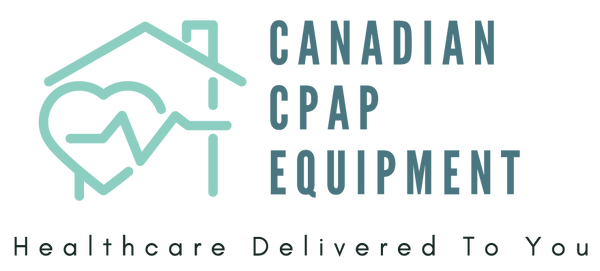For many individuals who suspect they might have sleep apnea, the thought of undergoing a traditional sleep study can be daunting. The idea of spending a night in an unfamiliar lab, hooked up to numerous wires and sensors, often leads to procrastination in seeking a diagnosis. Fortunately, advancements in medical technology have made at-home sleep apnea testing a convenient, accurate, and increasingly popular alternative. This approach offers a multitude of benefits that make the diagnostic process significantly easier and more accessible.
1. Unparalleled Convenience and Comfort
One of the most significant advantages of an at-home sleep apnea test is the ability to conduct it in the comfort of your own bed. Unlike an in-lab polysomnography (PSG), which requires you to sleep in an unfamiliar clinical environment, an at-home test allows you to maintain your regular sleep routine in your natural surroundings. This not only makes the experience less stressful but can also lead to more accurate results, as your sleep patterns are less likely to be disturbed by an artificial setting.
2. Accessibility and Reduced Wait Times
Traditional sleep labs often have extensive waiting lists, sometimes stretching for months or even over a year, particularly in regions with high demand. At-home sleep apnea testing dramatically reduces these wait times, allowing for a much quicker diagnosis. This expedited process means you can receive your results and begin treatment sooner, preventing the progression of health complications associated with untreated sleep apnea. Furthermore, for individuals in remote areas or those with mobility challenges, at-home testing eliminates the need for travel, making diagnosis accessible to a broader population.
3. Cost-Effectiveness
While in-lab sleep studies are often covered by provincial healthcare, they come with long wait times and limited availability. A home sleep apnea test offers a faster, more convenient alternative — and at a fraction of the cost when paying privately. For those seeking quicker answers or without access to a lab-based test, this option provides excellent value. Some private insurance plans may also cover the cost of home testing.
4. High Accuracy and Reliability
While some may question the accuracy of at-home tests compared to in-lab studies, modern devices like the WatchPAT ONE are clinically validated and offer a high degree of reliability for diagnosing Obstructive Sleep Apnea (OSA). These devices measure key physiological parameters such as breathing patterns, oxygen saturation, heart rate, and sleep-wake states, providing sufficient data for a comprehensive diagnosis. When conducted correctly, at-home tests can have a high correlation with in-lab PSG results for OSA, ensuring you receive an accurate assessment of your condition.
5. Streamlined and Simple Process
The process of an at-home sleep apnea test is designed for simplicity. Typically, you receive a compact, easy-to-use device at your home. You wear the device for one night, following simple instructions for application. The data is then collected and sent for analysis by qualified medical professionals, such as sleep-trained respirologists. This streamlined approach minimizes complexity and maximizes user-friendliness, making the diagnostic journey straightforward.
Conclusion
At-home sleep apnea testing represents a significant leap forward in sleep medicine, offering a patient-centric approach to diagnosis. Its convenience, accessibility, cost-effectiveness, and proven accuracy make it an excellent option for many individuals who suspect they have sleep apnea. By choosing an at-home test, you can take a proactive step towards understanding your sleep health and embark on the path to better sleep and a healthier life, all from the comfort of your own home.
Next Steps: Curious about how accurate these tests truly are? In our next post, we'll take a deep dive into the WatchPAT ONE device and explore the science behind its impressive accuracy.

